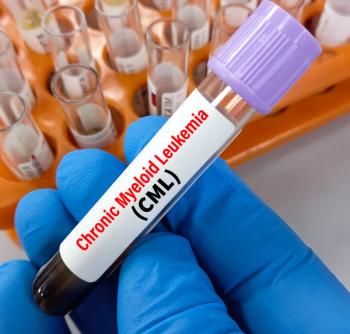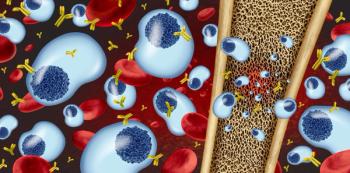
- September 2010 Pain Awareness
- Volume 76
- Issue 9
Should We Remove the Traffic Lights?
Would removing computerized alerts in the pharmacy increase alertness and improve patient safety?
In the 1984 film Starman, actor Jeff Bridges played an alien who came to Earth in response to an invitation from a Voyager space probe and adopted human form. He proved to be a fast learner. When he was asked if he knew what the different colored traffic lights meant, he said that green means “go,” red means “stop,” and yellow means “speed up.”
The alien would not have learned this lesson had he landed in the town of Drachten in The Netherlands. In an effort to reduce accidents on Drachten streets, traffic expert Hans Monderman designed an experiment in which many of the traffic lights in the town were removed. Monderman’s hypothesis was that if individuals perceived that the intersections were more dangerous, they would be much more careful. The result? A dramatic reduction in accidents and injuries after the traffic lights were removed. Paradoxically, the traffic actually moved faster as well.
Monderman proposed that when drivers and pedestrians are directed to stop or go by lights, they are more likely to go on autopilot and not pay attention to what is going on around them. When pedestrians see the “walk” signal, they stride into the intersection without looking; after the signals were removed, however, pedestrians were on high alert when crossing the street. The positive results in Drachten turned out to be consistent with Monderman’s highly counterintuitive theory. Several other towns in The Netherlands and in other countries have confirmed the Drachten experiment. Could this same principle apply to drug interaction screening systems? Do health professionals and patients rely on computerized drug interaction screening in the same way that motorists and pedestrians rely on traffic lights? What would happen to the incidence of adverse drug interactions if pharmacists “went naked”— the term given to towns that remove their traffic lights— and shut off their drug interaction screening systems? Would it both reduce adverse drug interactions and increase efficiency? We are not proposing this, of course, but the Drachten traffic experiment provides food for thought.
One thing is clear: Patients continue to be harmed by well-documented drug interactions, despite almost universal drug interaction screening in both inpatient and outpatient settings. In previous columns, we have discussed many reasons for this failure: systems often have too many drug interactions of questionable clinical significance; patients may see multiple prescribers and go to multiple pharmacies, meaning that no one system has their complete drug regimen; systems seldom have enough information on the risk factors that increase the likelihood of an adverse outcome; and there is a time lag before important drug interactions are included on computerized systems.
It has been proposed that drug interactions— like so many other things—follow the “80/20 Rule,” with 20% of the drugs causing 80% of the adverse drug interactions. The available published evidence on drug interactions suggests that this may ndeed be the case. What if instead of the pharmacist dealing with the many thousands of drug interactions that leap out of the typical drug interaction screening system, pharmacists focused on the 50 or 100 drugs that are most likely to be involved in serious adverse drug interactions?
For patients on warfarin, one would check for concurrent use of cytochrome P450 (CYP) 2C9 inhibitors; for those on budesonide, fluticasone, or simvastatin, one would look for CYP3A4 inhibitors; for those on digoxin or colchicine, one would look for P-glycoprotein inhibitors; for patients on lithium, one would check if they were also taking angiotensinconverting enzyme inhibitors or angiotensin receptor blockers; tamoxifentreated patients would be monitored for concurrent use of CYP2D6 inhibitors; and so on.
Perhaps without the “security” of computerized screening—just as without the “security” of traffic lights—we would be more on guard for the interactions that really matter. Would it work? We do not know, but the concept might be worth discussing. PT
Drs. Horn and Hansten are both professors of pharmacy at the University of Washington School of Pharmacy.
Articles in this issue
over 14 years ago
Influenza Vaccination Q&A 2010 Updateabout 15 years ago
Tech Product Newsabout 15 years ago
Generic Product Newsabout 15 years ago
News & Views Outlook: Clinical Trialsabout 15 years ago
Pharmacy Guide: Migraineabout 15 years ago
Cholesterol Watchabout 15 years ago
Can You Read These Rxs?about 15 years ago
Arthritis Watchabout 15 years ago
Pain Management Watchabout 15 years ago
Case Studies Test Your SkillsNewsletter
Stay informed on drug updates, treatment guidelines, and pharmacy practice trends—subscribe to Pharmacy Times for weekly clinical insights.






















































































































































































































